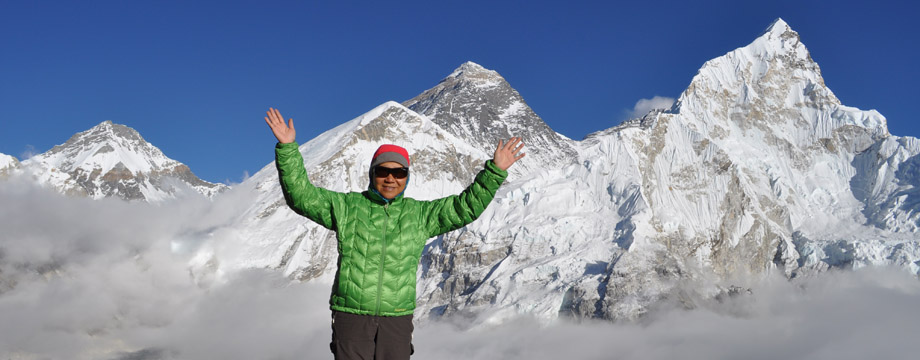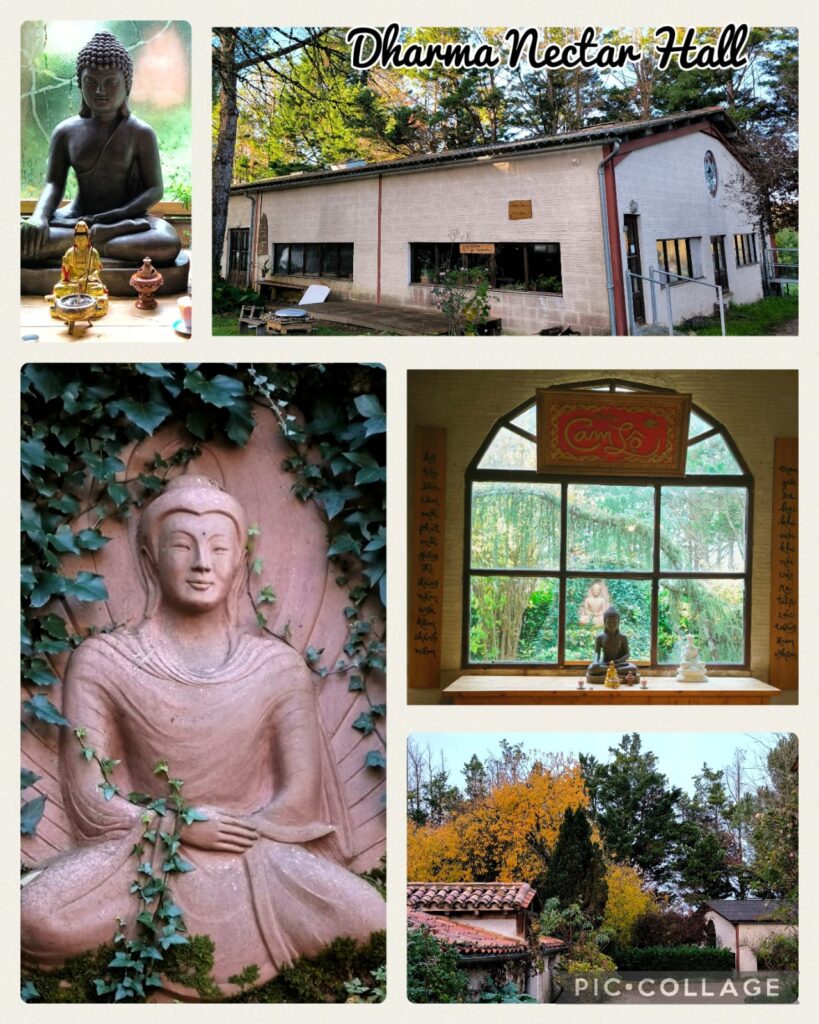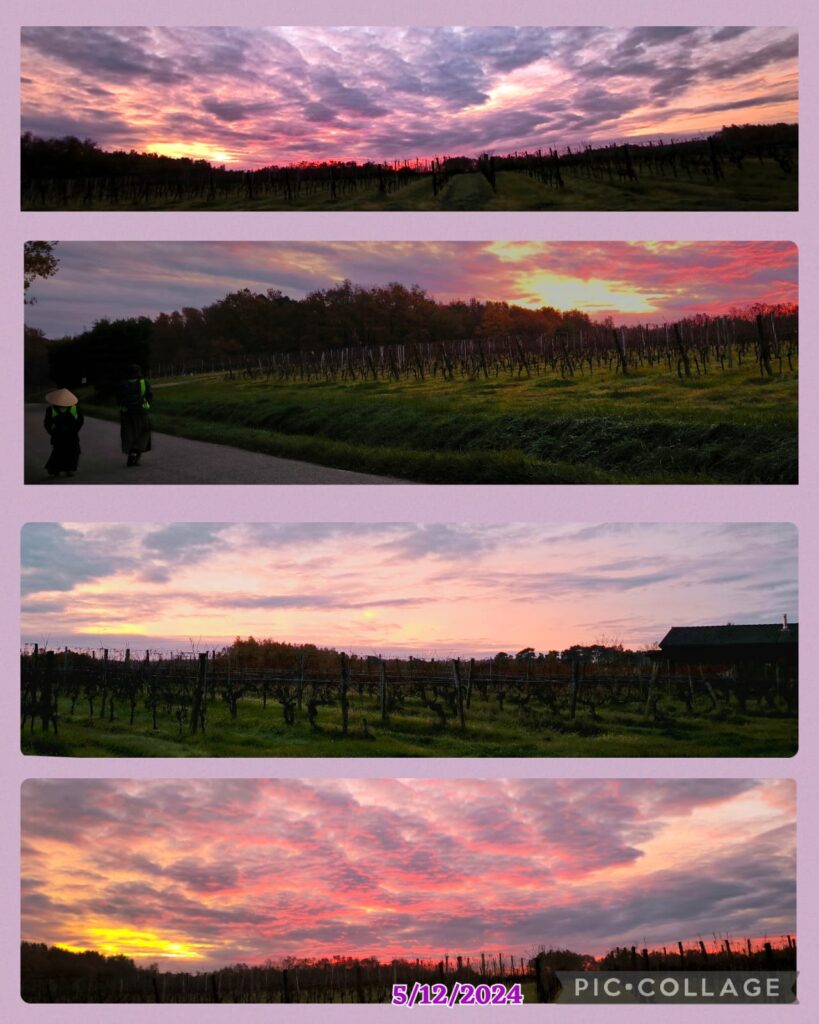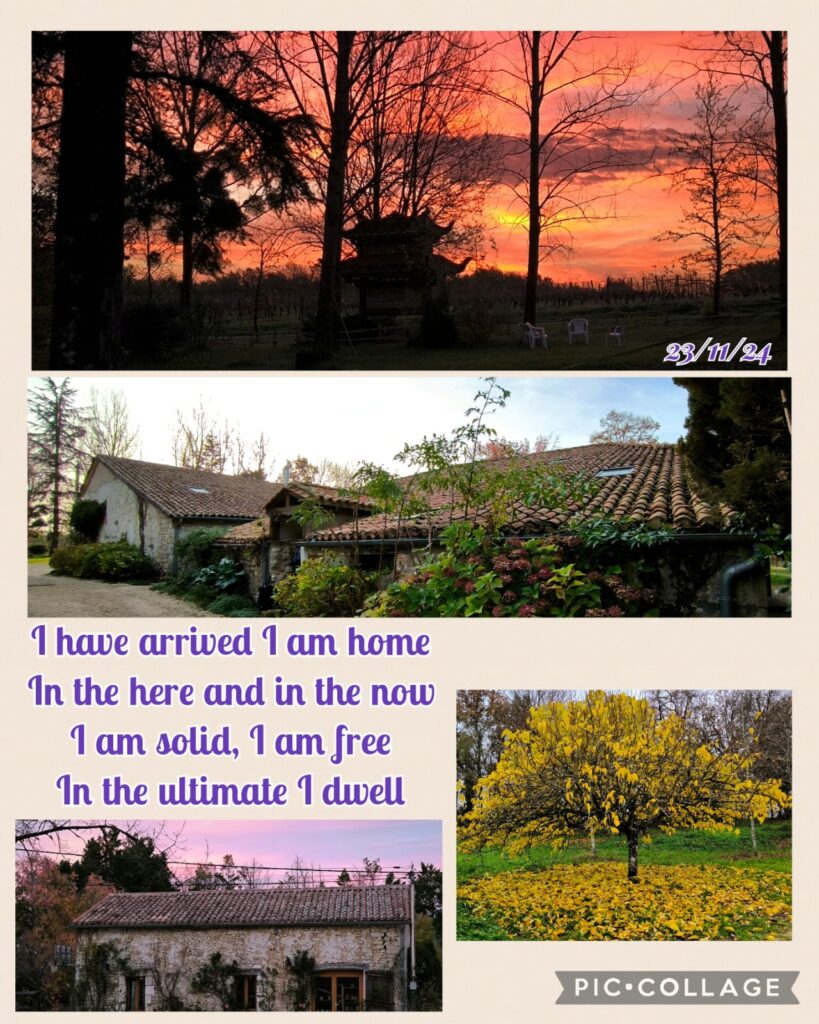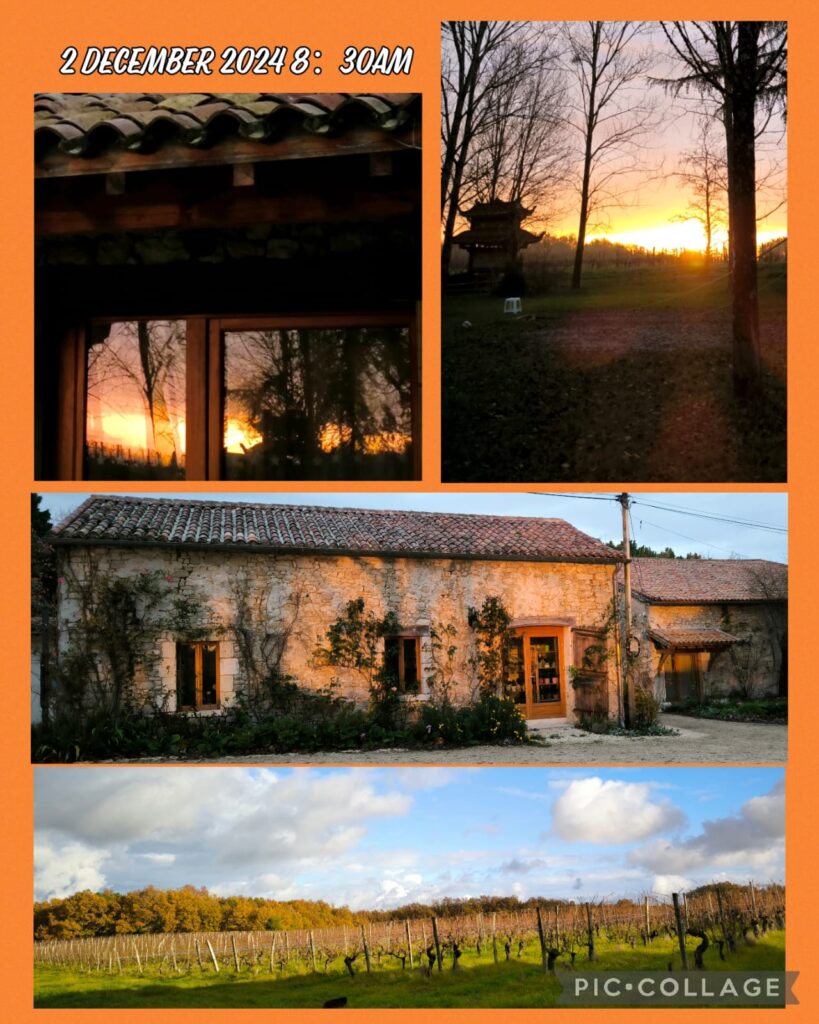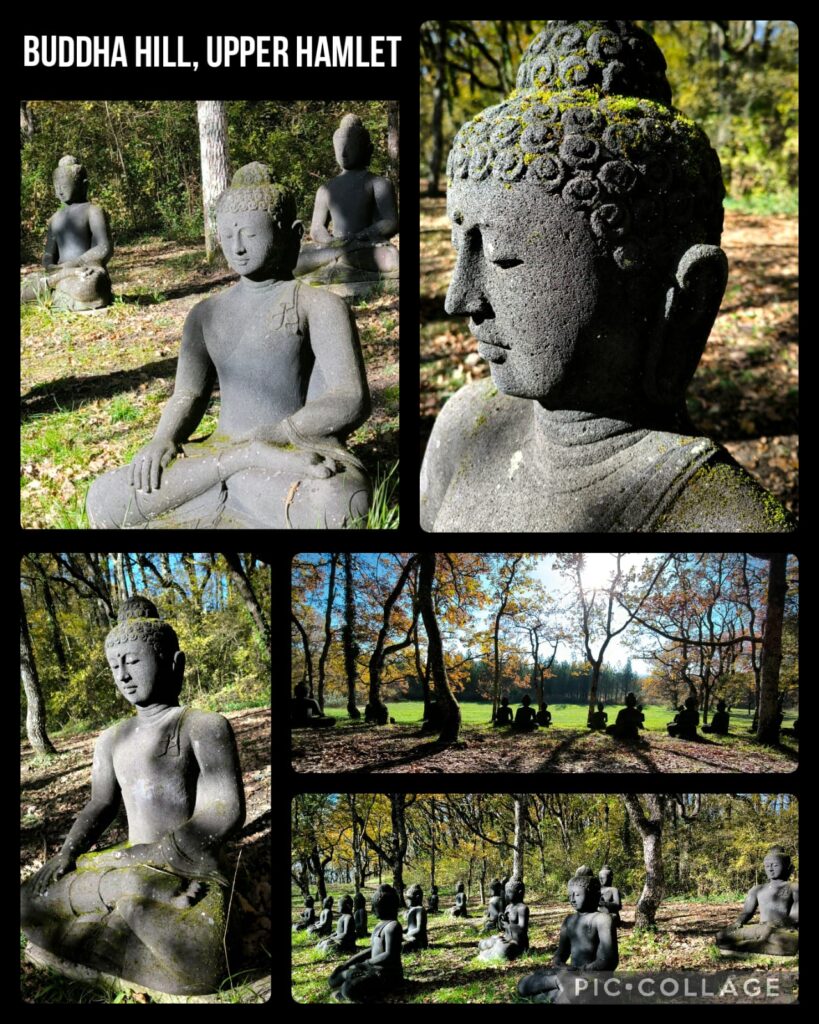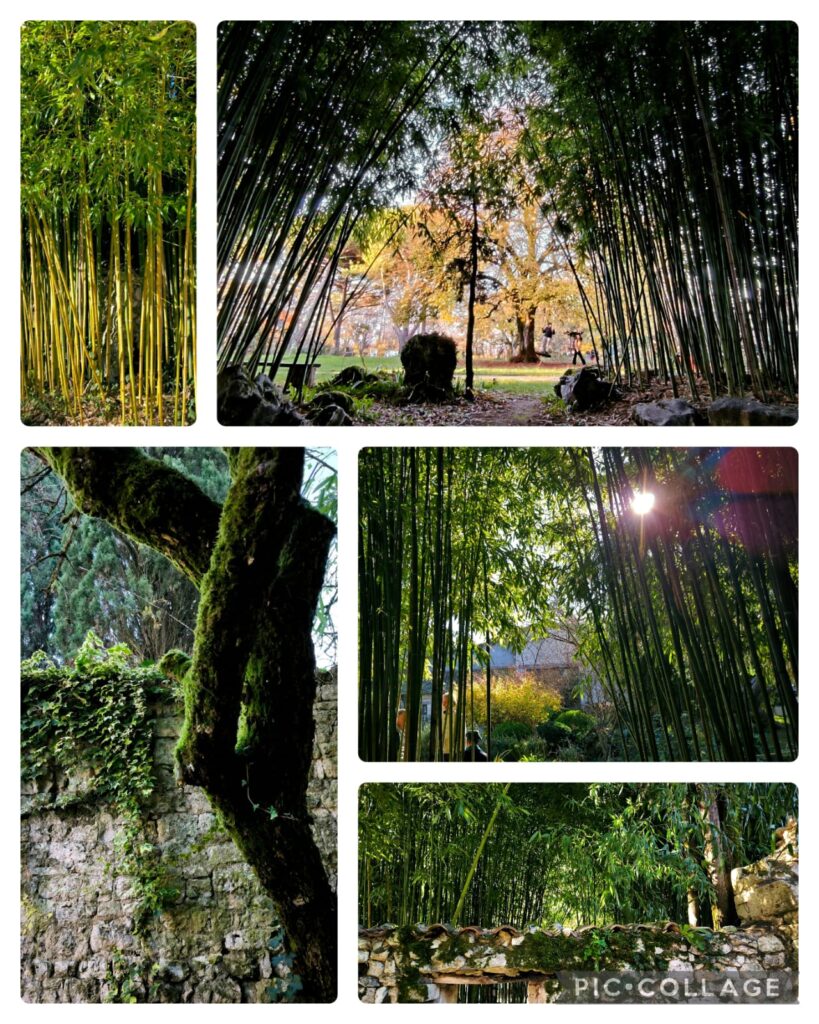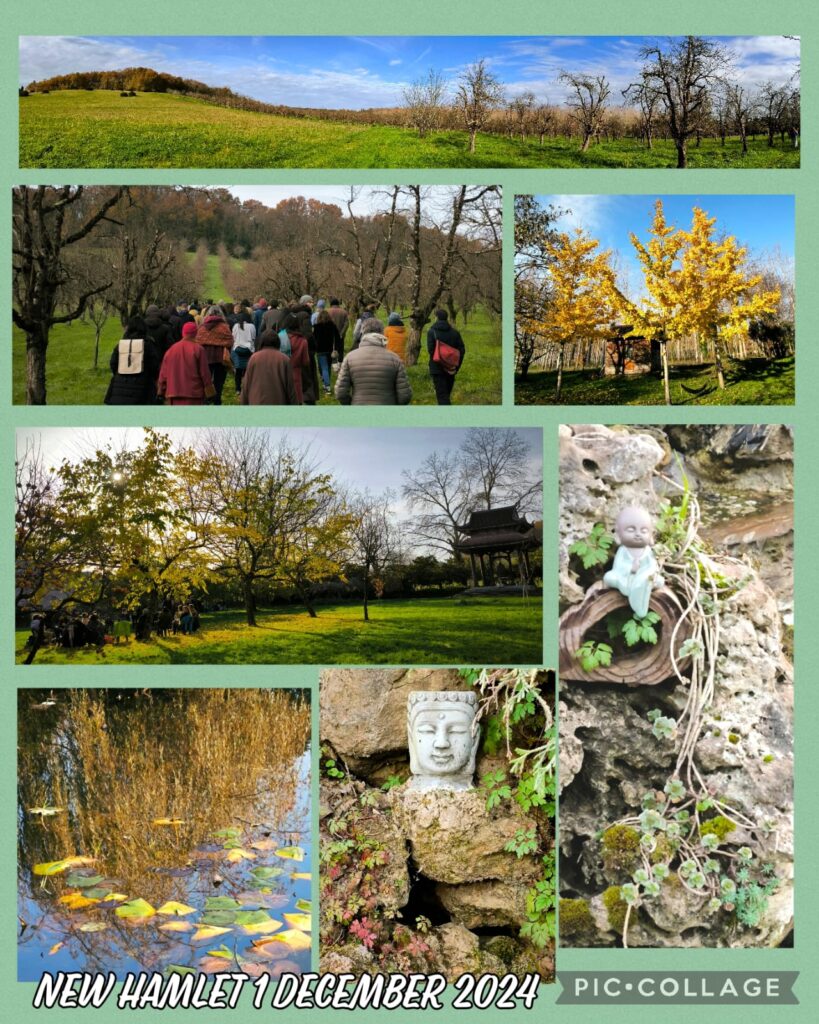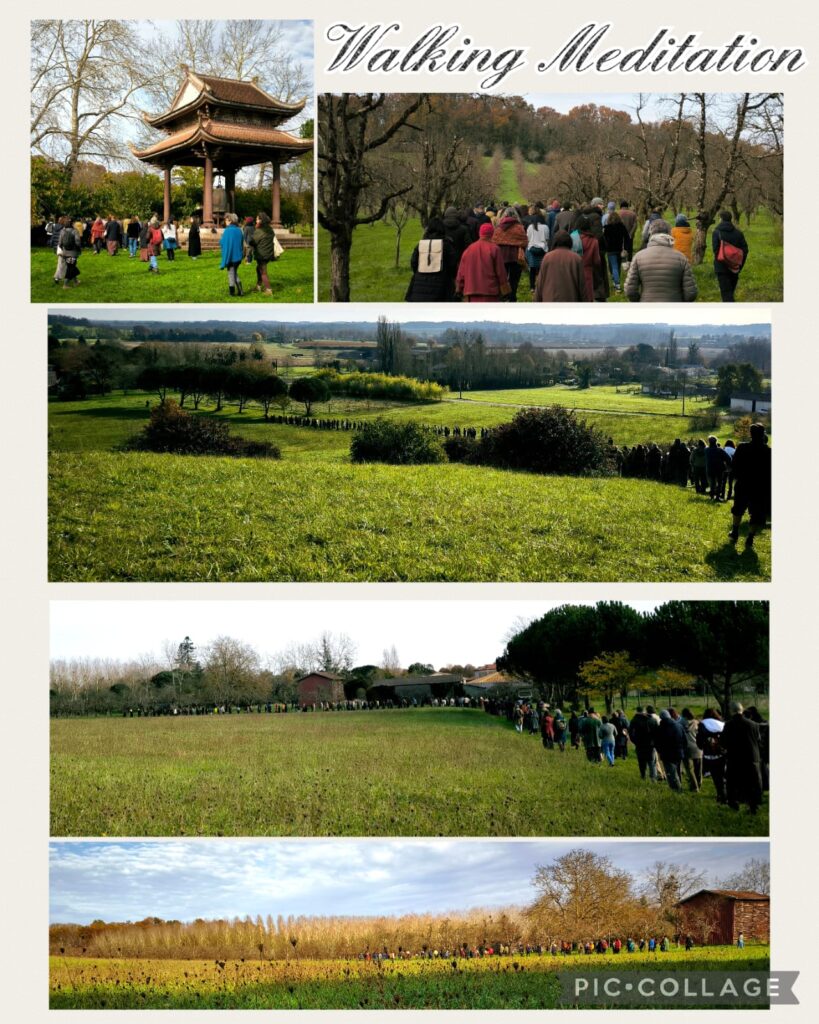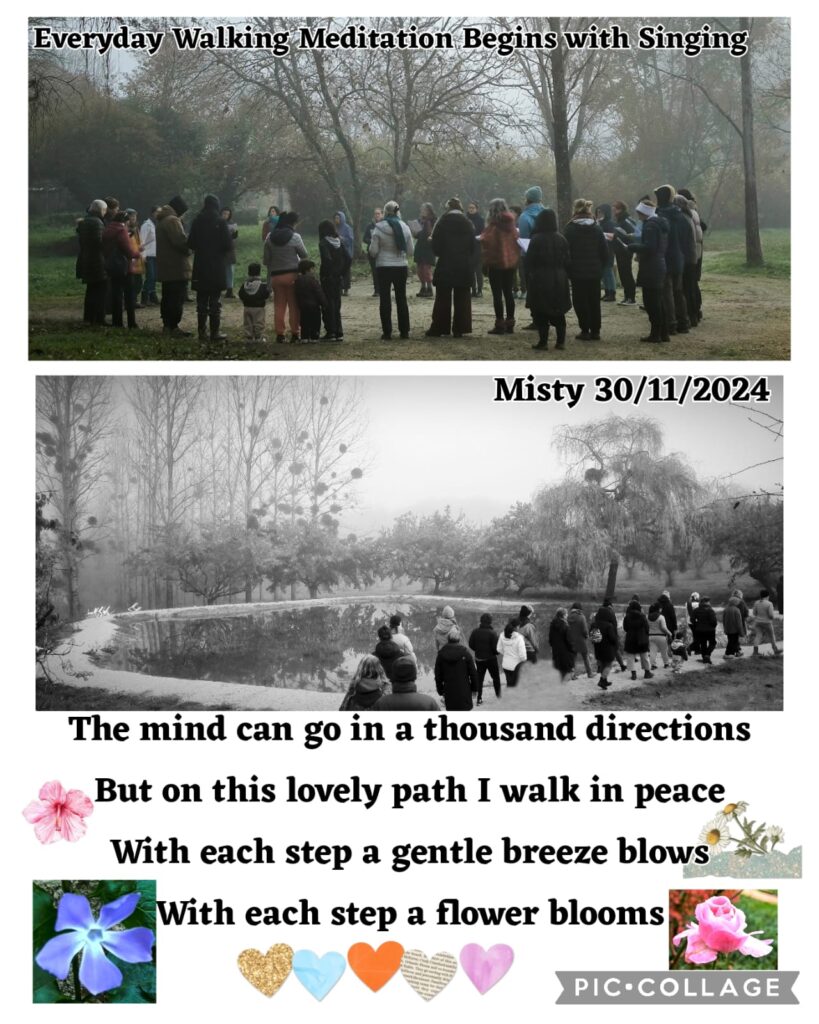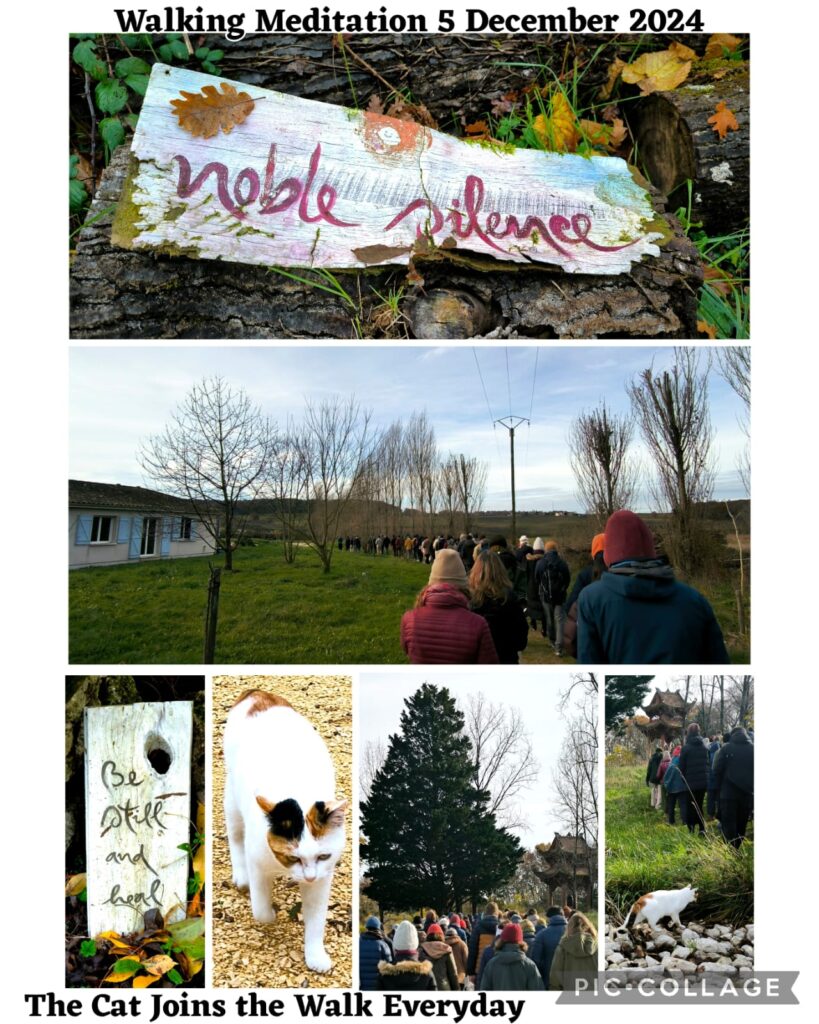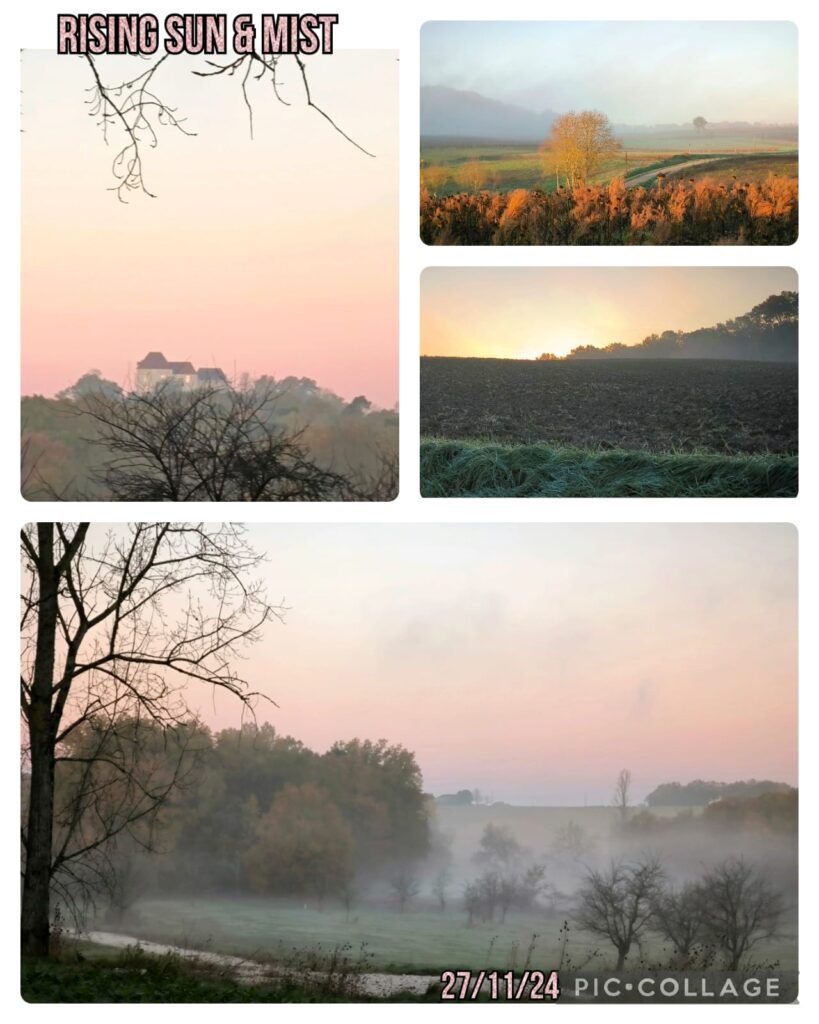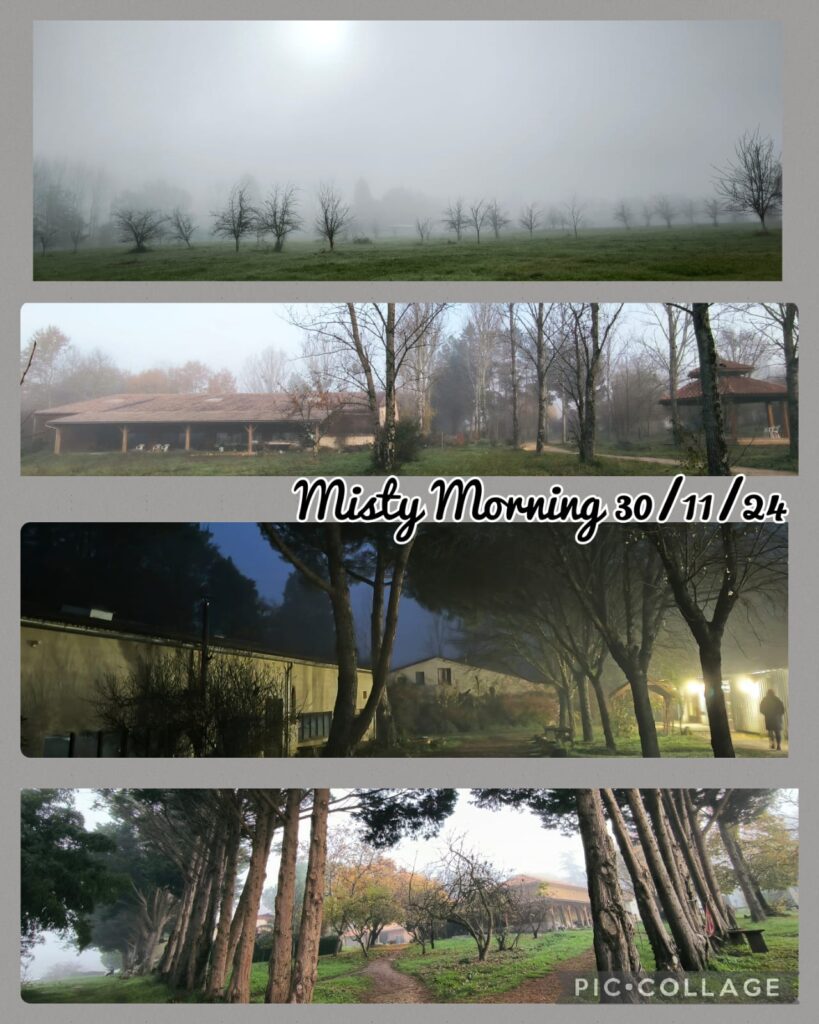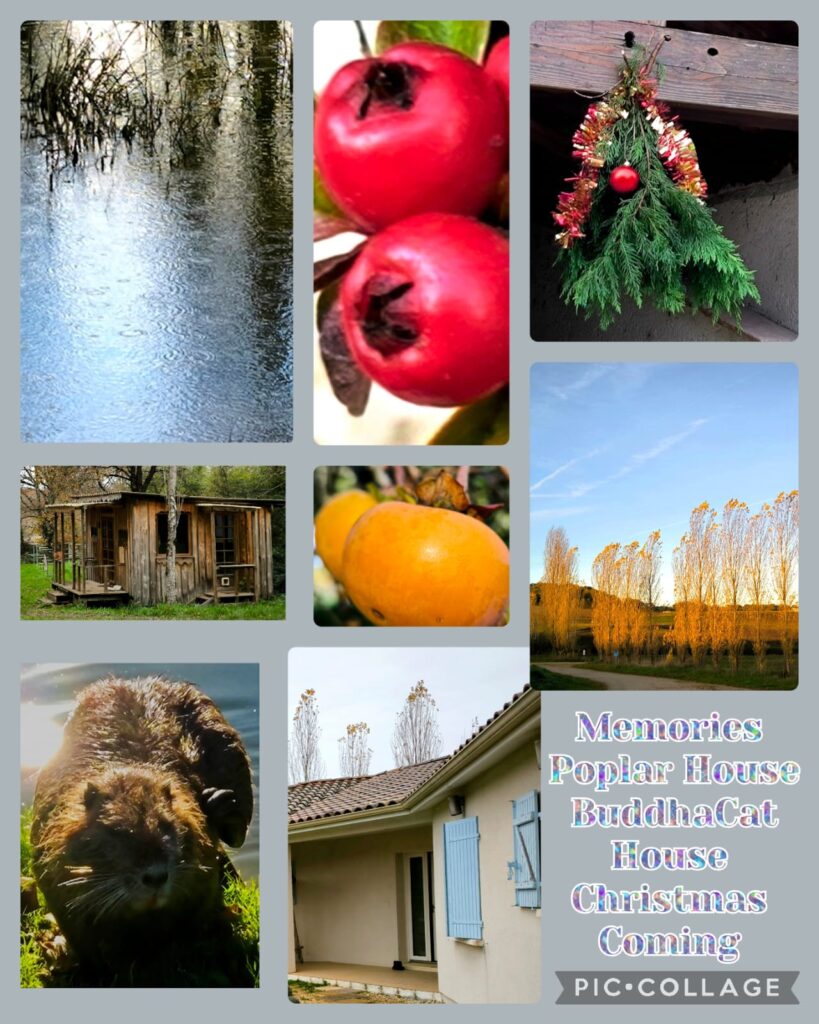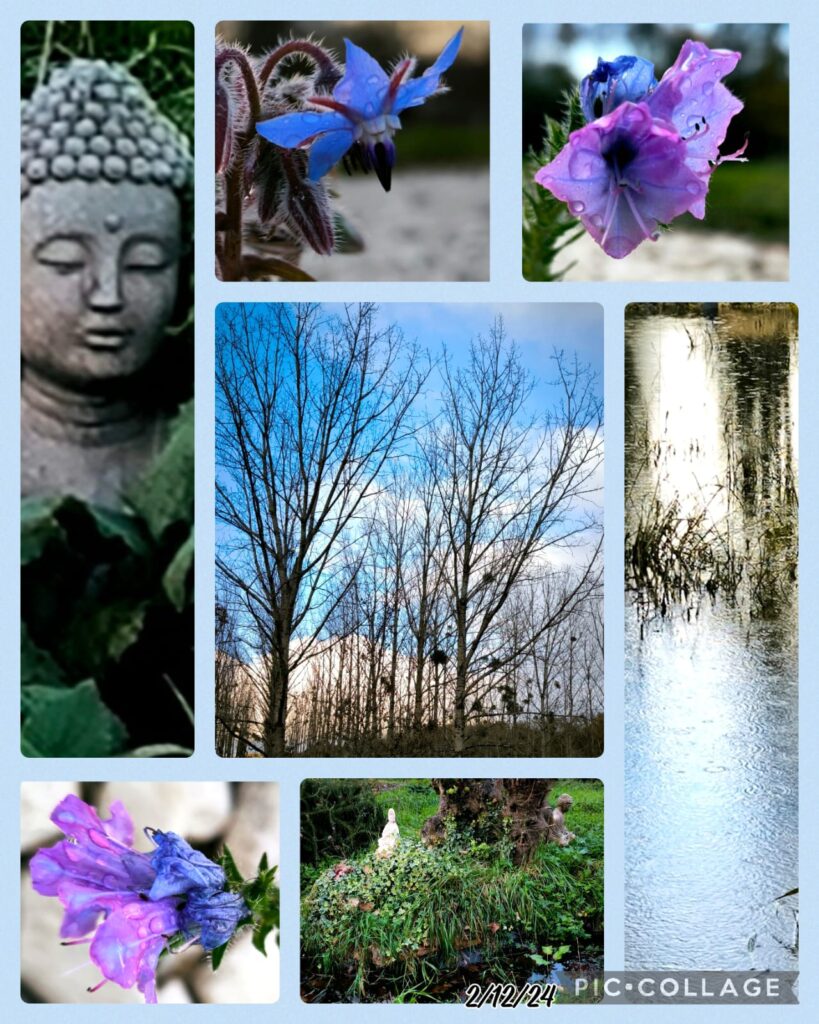Plum Village Rain Retreat 22/11 – 6/12/2-24
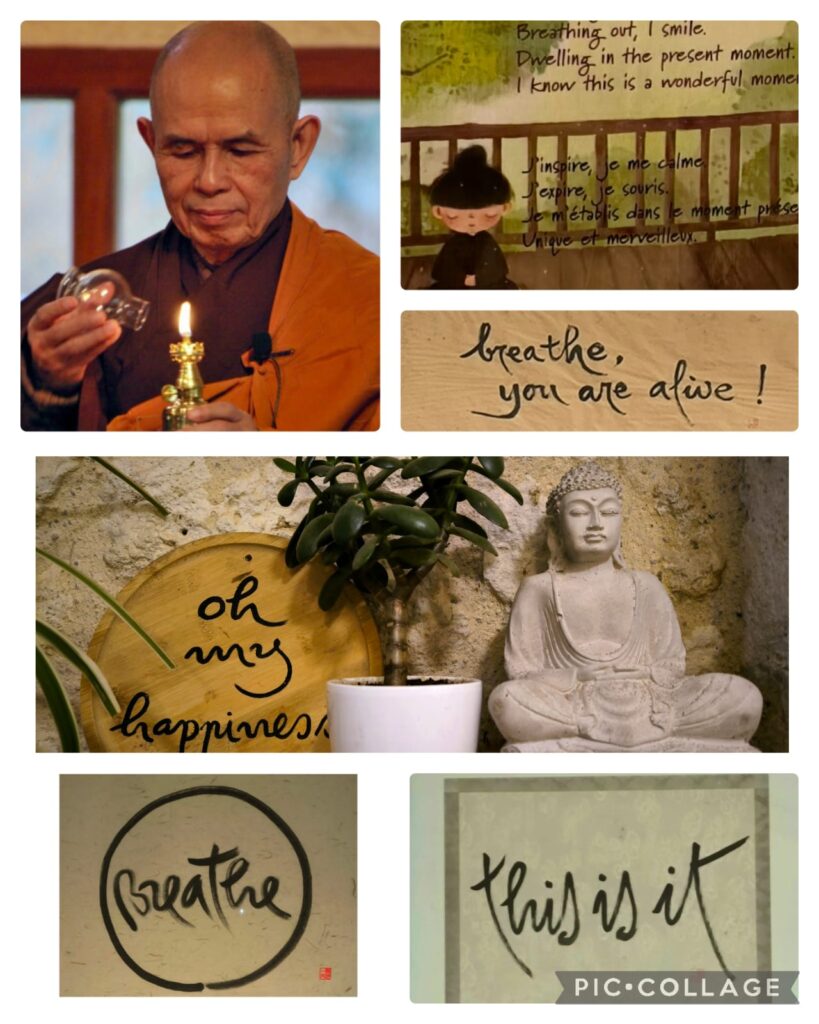
I first heard of Zen Master Thich Nhat Hanh (1926-2022) (fondly called by his followers as Thay) and the Plum Village when I attended a dharma talk given by the Venerable at the Coliseum in Hong Kong in May 2013. I later met two nuns from the Plum Village Tradition at the Buddhist study course at the Hong Kong Dharma Centre (2020-22). I began to read books by Thay in connection with the Master of Buddhist Counselling course at the University of Hong Kong (2022-23). My faith in Buddhism grew and I took refuge of the Three Jewels (the Buddha, the Dharma and the Sangha) in July 2023. After having spent my first one-week retreat in Hong Kong in November 2023, I look forward to joining a longer retreat. Then on a May day, I learnt about a 90-day Rains Retreat (October 11 to December 20, 2024) at the Plum Village Bordeaux which would fit in perfectly with my travel plan: I decided to join a two-week retreat after the end of the Costa Rica – Chile expedition on 18 November 2024. Things worked out smoothly and I arrived at the Lower Hamlet, Plum Village Bordeaux on Friday November 22.
Thich Nhat Hanh and Plum Village
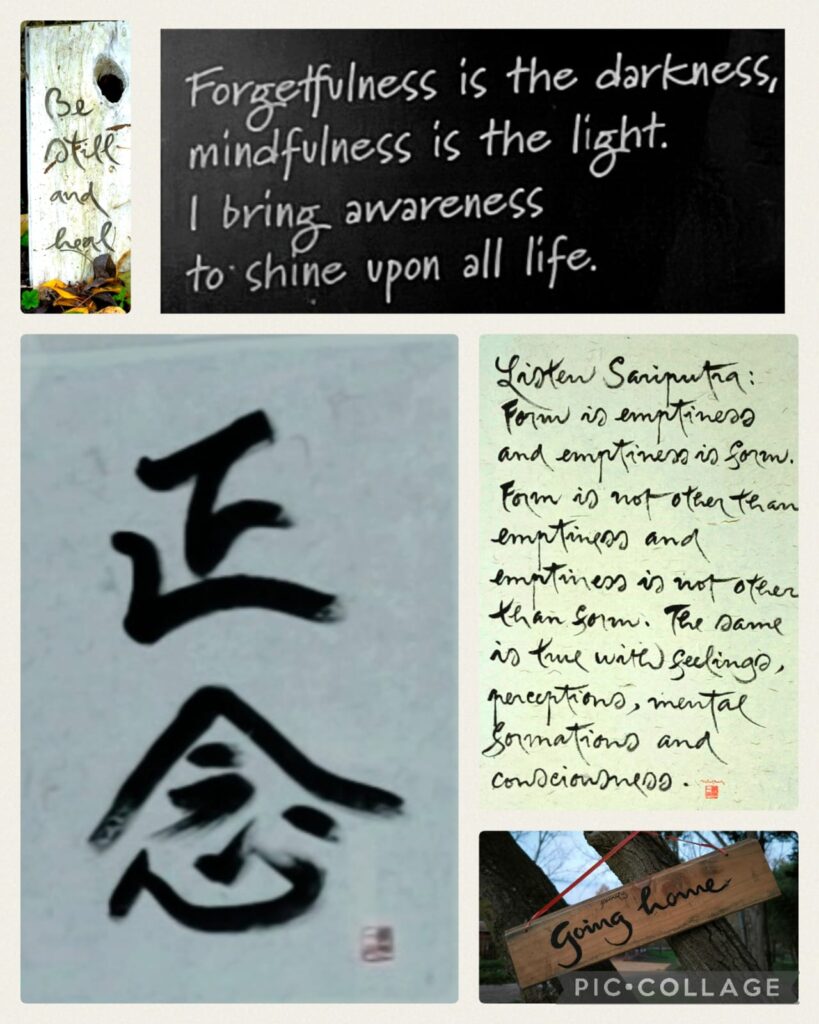
Thay, a Buddhist monk, peace activist, poet, prolific author and teacher, is known as the “father of mindfulness“. He expressed an interest in training as a monk at the age of 12, pursued his goal at 16 and was ordained as a monk in 1951. Thay was a writer and a Buddhist teacher advocating for a humanistic, unified Buddhism. He accepted a Fulbright Fellowship to study comparative religion at Princeton University in 1960 and at the Princeton Theological Seminary in 1961 and taught Buddhism in Columbia University and Cornell University. He was fluent in French, classical Chinese, Sanskrit, Pali and English. In 1963, Thay returned to Vietnam and was tasked to help restructuring the administration of Vietnamese Buddhism. The following year, he proposed a call for an end of the Vietnam War and helped to establish an institute for the study of Buddhism to train future leaders and create a centre to train pacifist social workers based on Buddhist teaching. He was a prolific writer advocating peace and reconciliation. In 1964, Thay together with another monk founded the Van Hanh Buddhist University in 1964 and co-founded the School of Youth for Social Service with Chan Khong (1938), a nun and Thay’s first fully-ordained monastic disciple. He also created the Order of Interbeing, a monastic and lay group between 1964 and 1966. In 1966, he received the “lamp transmission” from Zen Master Chan That making him a dharma teacher and spiritual head of Tu Hieu.
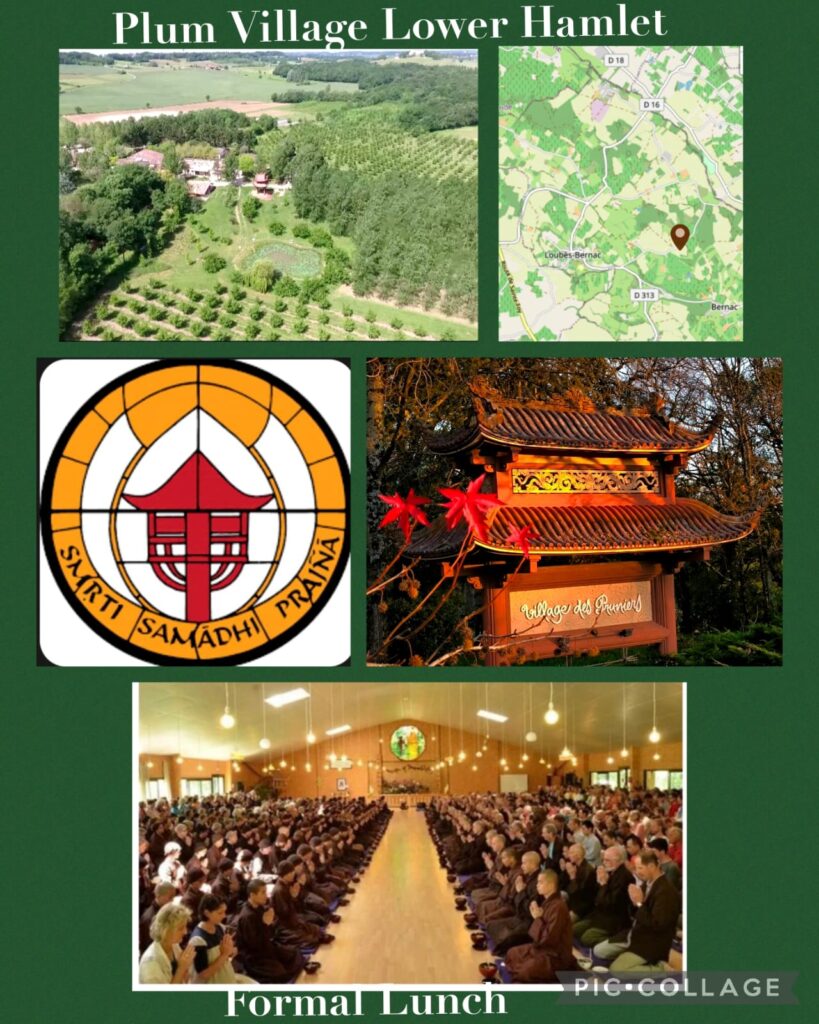
In 1975, Thay was refused the right to return to Vietnam when the North Vietnamese took control of the south. He was also expelled from Singapore following illegal attempts to rescue Vietnamese boat people. Thay moved and settled in France and formed a small mindfulness community called “the Sweet Potato” and led mindfulness retreats in 1981. As the community attracted more and more people, Thay together with Chan Khong began to search for land for expansion and purchased land in September 1982 (which is now known as the Lower Hamlet). Later that year, they acquired land of the present day Upper Hamlet. Plum Village is where Thay and Chan Khong has realised their dream of building a community in a healthy, harmonious and nourishing environment with one another and Mother Earth. The New Hamlet which is 18km from Lower Hamlet was established later. Today, Plum Village has grown into Europe’s largest Buddhist monastery with some 200 resident brothers and sisters (monks and nuns) living in three hamlets and the Son Ha Temple (Foot of the Hill). New Hamlet and Lower Hamlet are for sisters while Upper Hamlet is for brothers to live and practice. All hamlets accept couples and families for short-term retreats. There are a further ten monastic practice centres in the Plum Village tradition in Europe, the USA and Asia, all founded by Thay himself.
A retreat is an opportunity to experience the art of mindful living. Everything is done in a spirit of meditation: daily schedule is centred on sitting meditation, walking meditation, mindful eating and mindful working (service meditation). “Noble Silence” is observed by all from 8:30pm to after breakfast the next day. One day a week is designated Lazy Day without formal practice schedule. The community gathers on Thursdays and Sundays for a full Day of Mindfulness in one of the hamlets (also known for short-term retreat stayers as a Lay Day)
Lower Hamlet
I stayed at the Poplar House, Lower Hamlet sharing a room with Sarah from the UK for the first week and then Grace from New York. I also met Catherine from Sweden and Candy from the Philippines who also stayed at the Poplar House which is close to the Great Hall. Over the retreat period in the Lower Hamlet, I met over 30 short-term stayers (1 to 2-week), 50 sisters and about 20 long-term stayers (for the entire 90 days). My life was centred around mindful living and noble silence though I did speak with others occasionally.
I find Lower Hamlet a paradise. Surrounded by vineyards, farmland and forests, the hamlet comprises a number of old charming rustic stone houses typical of Bordeaux rural region with old trees, woodland, rolling hills, orchards, meadows and vineyards. Together with a bell tower, a temple gate and pavilion, and a lotus pond, the hamlet has a most wonderful, natural, harmonious, and peaceful environment for mindful living and spiritual practice.
With the exception of the lay day, we had to get up early to join a sitting and walking meditation session in the Great Hall at 6am. The milky way and millions of stars greeted me as soon as I stepped out of the door of the Poplar House every morning except two days when it was raining or misty. After breakfast in the dining hall at 7:30am, I would watch the gorgeous sunrise near the temple entrance opposite a vineyard between 8 and 8:30 am. The colours were mesmerizing. One day, the valley was cloaked with mist: it was even more enchanting.
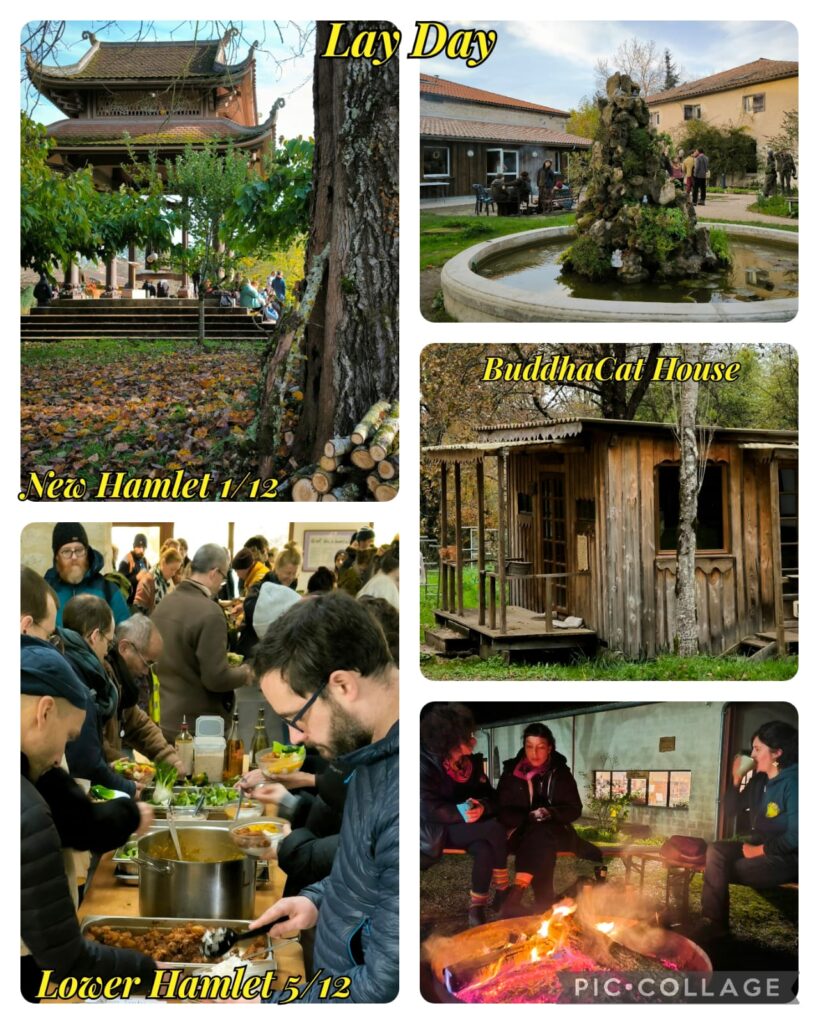
Mindfulness Day / Lay Day
During the rains retreat, lay residents have a mindfulness day on Sunday and Thursday. Each hamlet takes turn to host it. Lay residents gathered at the Upper Hamlet on 28 November and the New Hamlet on 1 December. They gathered in the Lower Hamlet on 24 November and 5 December. I was glad to be able to visit the Upper and New Hamlets. I had my first Formal Lunch at the Great Hall of the Lower Hamlet on 24 November. I joined another one at the New Hamlet a week later. Each hamlet has its unique setting and atmosphere. But all are nature wonders filled with peace and joy: they are labour of love of Thay and Chan Khong for the benefits of their followers, Buddhists and mankind.
Upper Hamlet
Upper Hamlet located on a flat expansive hill top is about 3.2 km from the Lower Hamlet. I took a lift in the morning. The great hall looks familiar: I watched memorial ceremony of Thay when he passed away in 2022. The programme was good beginning with a question and answer session followed by walking meditation. The walking meditation through forested woodland and the Buddha Hill was atmospheric. The total relaxion session with music after lunch was wonderful. I enjoyed the 50-minute walk downhill to Lower Hamlet. The sun was setting showing the best foliage colours.
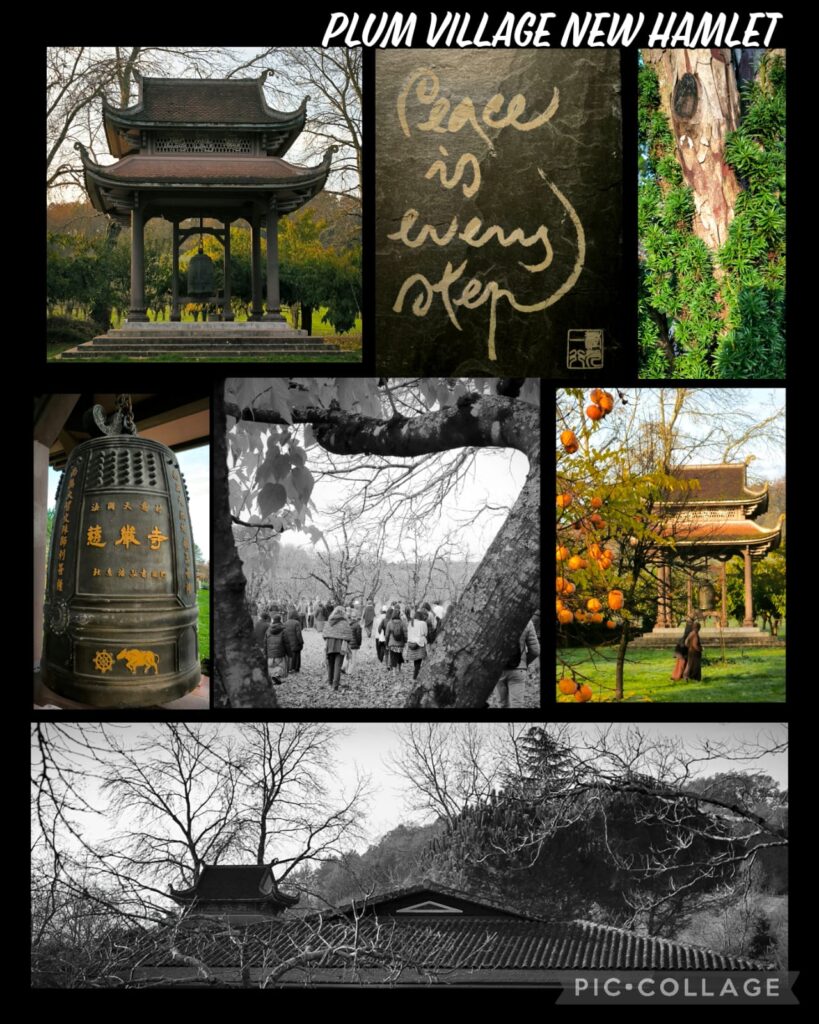
New Hamlet
New Hamlet though smaller in size is compact and lovely. The day began with a dharma talk by Sister Chan Duc (Sr. True Virtue) who has been a disciple of Thay since 1986 and the first European woman to be ordained as a nun. (Sr. Chan Duc also gave a dharma talk at Lower Hamlet on November 24) Then at 11:30am, we had walking meditation up a hill through a plum forest. It was a sunny gorgeous day. The walk with some 300 monastics and laymen and Formal Lunch in total silence was powerful. I had a good dharma sharing session under a mulberry tree near the Bell Tower. I was hoping to meet a sister from Hong Kong in this hamlet. But she was not well and did not appear.
Walking Meditation
We had walking meditation everyday at 11:30am. It began with singing: the songs are all poems with simple verses with profound meanings for meditation. I learnt to different pace of breathing and walking: breathing in and out taking one step; inhale one step and out-hale another step; and two steps for an inhale and three steps for an out-hale of breath. It is amazing to find one of the cats at Lower Hamlet joining the walk everyday: it must be a practising Buddhist in its previous lives. Whenever I had time, I practised walking meditation on my own.
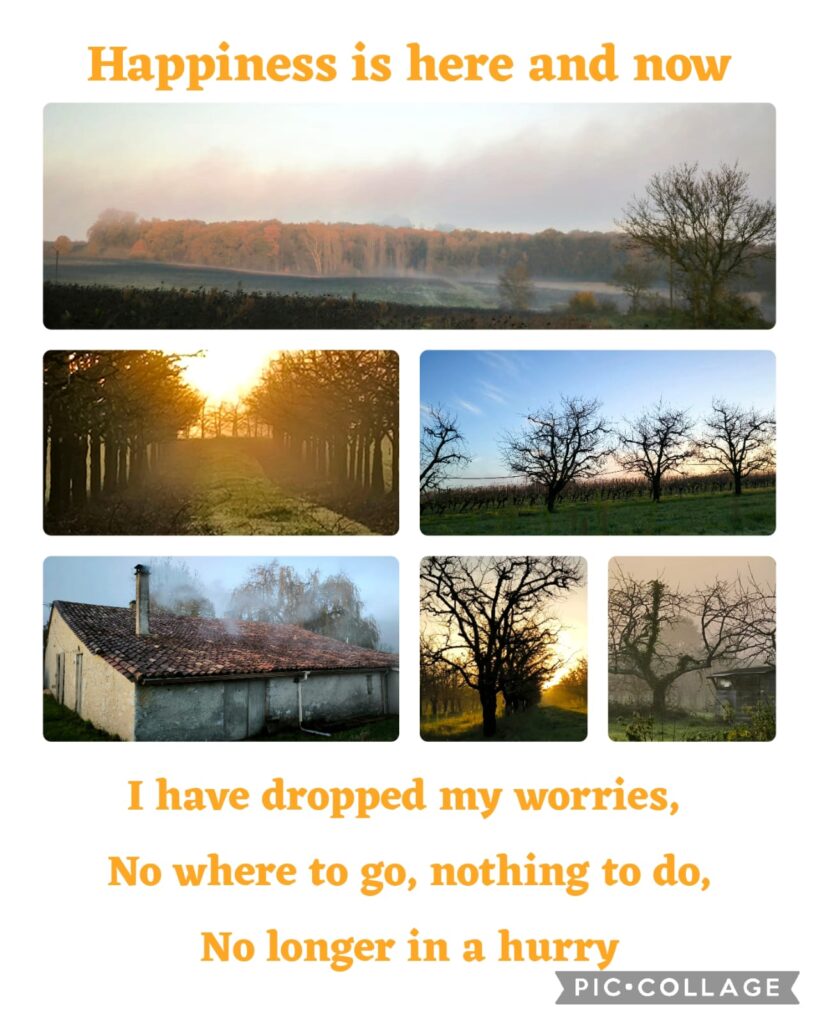
Remarks
I had an amazing and most peaceful and enjoyable retreat at Plum Village. Several aspects are worth-noting. First and foremost. Thay is a great teacher and a visionary religious and spiritual leader who had deep faith in Buddha’s teachings and belief in peace, joy and interbeing. I have read some of his books in connection with my Buddhist studies on Buddhist counselling, spiritual formation, healing, and working with the sick and the dying. Living mindfully for two weeks in the Plum Village is a blessing and I could feel the presence, love and spirit of Thay everywhere.
It is incredible that Thay as a result of cause and conditions (the Vietnam War) would settle in France and established the Plum Village Tradition and applied Buddhism. I am moved to find many westerns turning to Buddhism and spiritual healing owing to Thay’s mindfulness and spiritual teaching. His wisdom and teachings in simple words as expressed in songs, poems, writings and calligraphy are visible and practical. Having regard to social and modern institutional relations and life, Thay has expanded and modernized the five precepts namely no killing, stealing, sexual misconduct, lying and intoxication, into Five Mindfulness Trainings with the aim of bringing awareness into every area of life. Rather than hard and fast rules, they offer a path to cultivate and develop actions of body, speech and mind that can create a more healthy and compassionate world.
Second, I feel Plum Village is a Pure Land created by Thay on earth. The most common pure land is Sukhavati “Land of Bliss” of Amitabha. It is the aspiration of Buddhists to be reborn in a Buddha’s “pure land” which is a superior place to spiritually train for full Buddhahood. The physical setting, the beautiful and peaceful environment, and the mindful living and practice are essentially a manifestation of a pure land. The place is filled with joy: the monastics are composed and look happy while the lay residents look relax and mindful. I spent every moment living and practising mindfully and blissfully with few delusions (Sanskrit vikalpa). From the dharma sharing sessions, some would be in tears when talking about their problems and anger. The retreat is indeed a place and time for healing spiritually and physically.
Third, I love the rural setting and find Plum Village inspiring. Autumn is the time for foliage: I watched the last leaves falling from the poplar trees next to Poplar House. The ground was covered with fallen red and golden leaves by the time I left Lower Hamlet. while the autumn sun is lovely and warm, the mist and fog bring in a totally different and equally enchanting atmosphere. The sunrise brings different colours every morning while the singing of small birds is lovely. Beauty is in everything and I deeply appreciate the gift of Mother Earth.
Finally, I know I am home at the Plum Village. This short retreat has given me a chance to know more about the monastic life which is regulated by the ringing of the bell. The first one is at 5 am in the morning and the last one at 8:30pm in the evening. The bell rings fifteen minutes before an activity. Whenever we heard the ringing of bells, we had to stop whatever we were doing till the ringing came to a stop. Then, I watched the solemn precepts recitation which is carried out every two weeks and took part in two formal lunches. The food is exceptional and most delicious: I ate three meals a day in joyful silence. I find the lazy day/night at Plum Village creative and inspiring: it does not mean one is “lazy and doing nothing”. Rather it is up to me to decide and pursue what I want to do mindfully instead of following a routine and schedule. In brief, I fully enjoy my retreat at Plum Village which is totally different from the experience I had in Hong Kong last year. I could not wait to return and immediately registered for a walking retreat to be held in end May next year. I like the Plum Village’s Five Mindfulness Trainings and may take the trainings formally in future.

